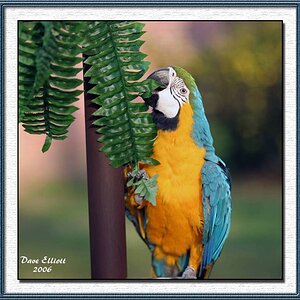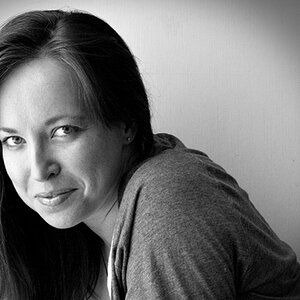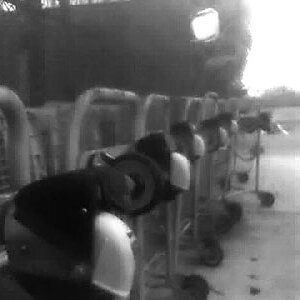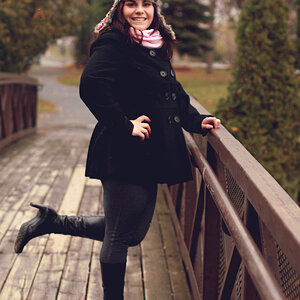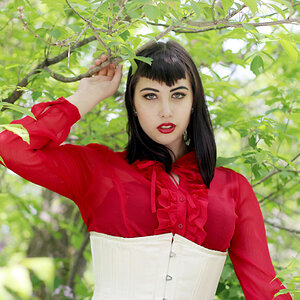fiveoboy01
TPF Noob!
- Joined
- Dec 28, 2008
- Messages
- 684
- Reaction score
- 1
- Location
- Waunakee, WI
- Can others edit my Photos
- Photos OK to edit
I was simply taking your statement at face value, figuring you hadn't read the exif at the bottom.
I don't necessarily agree with your argument though... from my experience, what "appears" to be more well lit with indoor lighting does not always give a faster shutter speed than what "appears" to be very low outdoor/natural light. I have no idea what the ambient in the photo was, I agree with you that it likely wasn't pitch black though. Maybe moonlight? I can't say I can explain double the shutter speed at F/4. Perhaps a difference in where the photos were metered?
I don't necessarily agree with your argument though... from my experience, what "appears" to be more well lit with indoor lighting does not always give a faster shutter speed than what "appears" to be very low outdoor/natural light. I have no idea what the ambient in the photo was, I agree with you that it likely wasn't pitch black though. Maybe moonlight? I can't say I can explain double the shutter speed at F/4. Perhaps a difference in where the photos were metered?



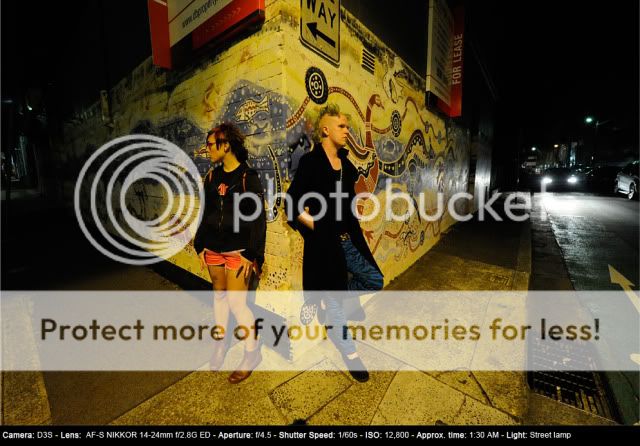
![[No title]](/data/xfmg/thumbnail/33/33906-2f9b24e4b1e1be07f68257916df0f2b3.jpg?1619736208)
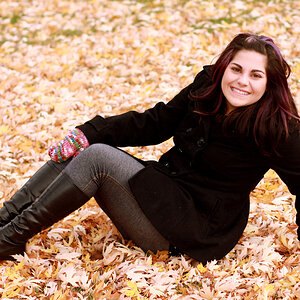
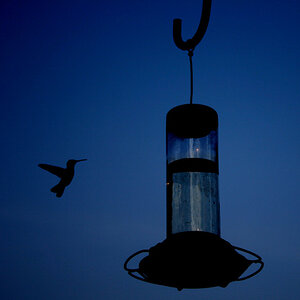
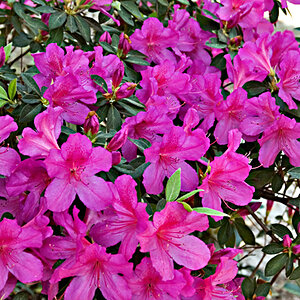
![[No title]](/data/xfmg/thumbnail/42/42329-331b54ea6493a8cdd21d8e624fe97e85.jpg?1619740129)
![[No title]](/data/xfmg/thumbnail/42/42328-c1143adda9734f7d05ce4361e79c27a7.jpg?1619740129)
